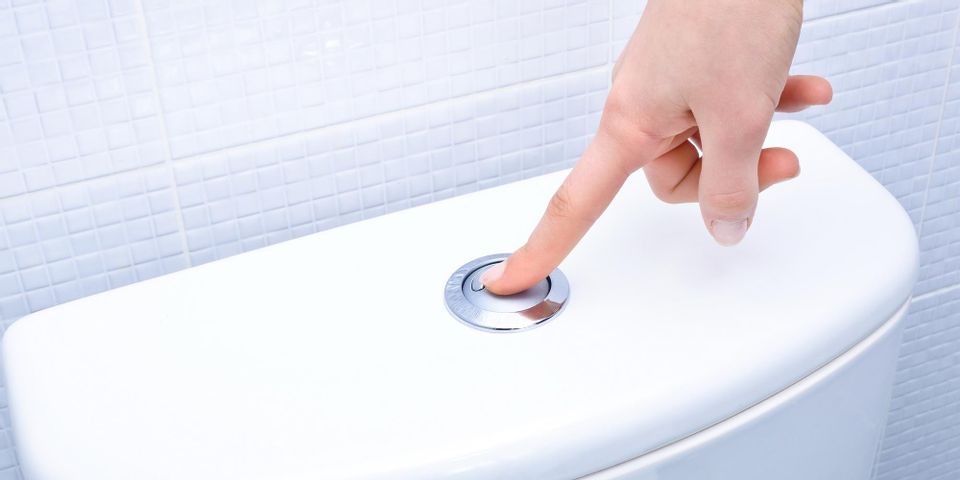
If you’re a rural homeowner, your property likely has a septic system. It’s made of several components, and understanding how they all work together can help you care for the system or recognize when something needs professional attention. Every septic tank has a leach field attached, which plays a crucial role in wastewater management.
What Is a Septic System Leach Field?
 A leach field is usually built in a large, flat, open area. The setup includes a septic tank, distribution boxes, perforated drainage pipes, and a large area of soil, all buried in about 3 feet of soil. Water from your house flows into the septic tank where it is partially treated with bacteria before being sent to the distribution box and drainage pipes. Once it reaches the pipes, the partially treated water seeps into the soil and is further processed by naturally occurring bacteria. This bacteria turns the wastewater into clean, safe groundwater.
A leach field is usually built in a large, flat, open area. The setup includes a septic tank, distribution boxes, perforated drainage pipes, and a large area of soil, all buried in about 3 feet of soil. Water from your house flows into the septic tank where it is partially treated with bacteria before being sent to the distribution box and drainage pipes. Once it reaches the pipes, the partially treated water seeps into the soil and is further processed by naturally occurring bacteria. This bacteria turns the wastewater into clean, safe groundwater.
How Does a Leach Field Differ From a Leach Pit?
A leach pit is a simpler, yet more regulated design. They require larger, deeper holes before they’re filled with a concrete casting, surrounded by rocks, and covered in 4 to 6 feet of soil. This system allows anaerobic bacteria to process wastewater naturally before it filters back into the ground. Leach pits are not considered as safe as leach fields because wastewater goes through fewer treatment steps.
The best way to maintain your leach field is to have your septic system pumped every two to three years. To schedule service in Outagamie County, WI, area, call the experts at Reader Plumbing & Septic. They’ve helped homeowners since 1973 and can work around your schedule to complete the work when it’s convenient — even on weekends. Call (920) 788-2527 to get a free estimate, or visit their website for more information on their septic system services.
About the Business
(21 reviews)
Have a question? Ask the experts!
Send your question

